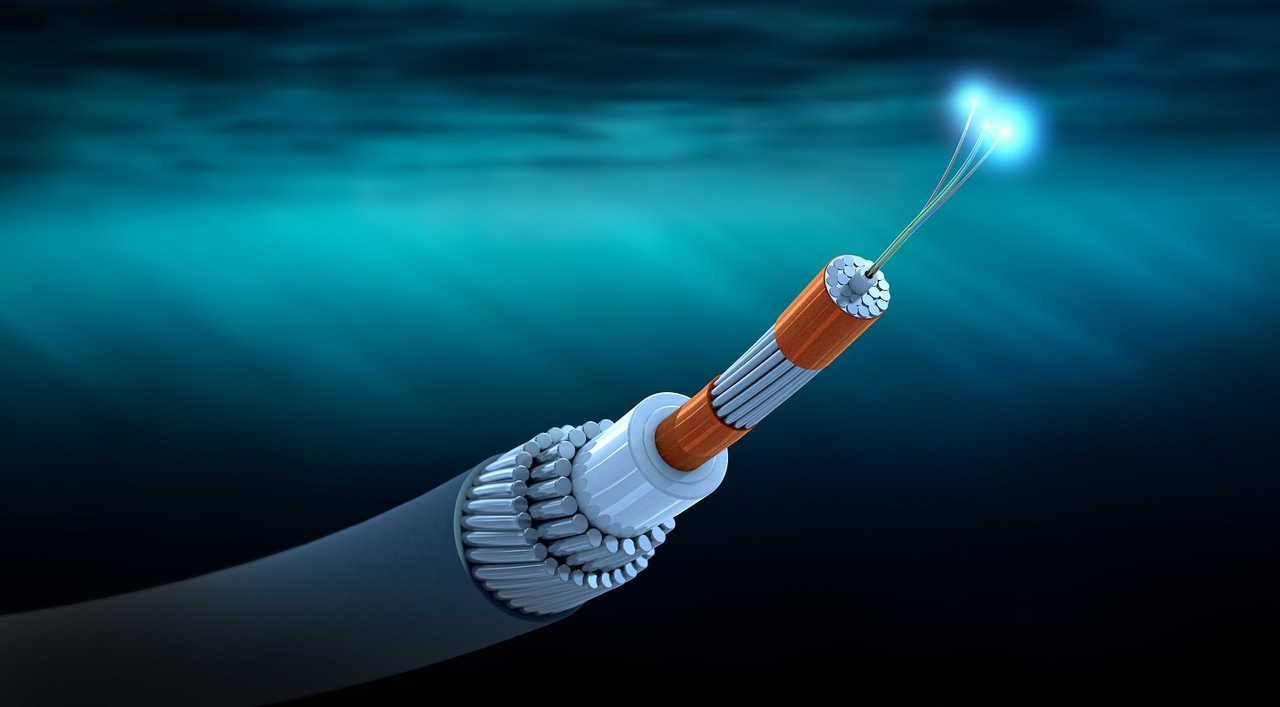How Submarine Cables Are Redrawing the Colocation MapHow Submarine Cables Are Redrawing the Colocation Map
One of the world’s most critically important channels for international trade and commerce is being completely renovated, now that content cultivators and data center operators have become partners.

Already have an account?
Since the 1800s, undersea communications cables linked the world’s major coastal cities and shipping ports. They followed the course of global commerce. Now global commerce is changing course, and the newest submarine cables are following.
The geographic placement of data centers depends nowadays on the perfect alignment of a number of coincident factors: practical, cultural, political, commercial, financial and, more often these days, climatological. They’re part of why Reston, Virginia, and Hillsboro, Oregon, have quickly become the hubs for U.S.-based e-commerce. Now, the providers of global content and services have decided it’s in their own best interests to link their overseas facilities to one another, by their own means. As a result, within just the last five years, Facebook, Amazon, Google and Microsoft have emerged as the new kingpins of submarine cables.
Their objective is not to seek out centers of interconnectivity with varieties of options, so much as to reduce the cost of linking their own facilities together.
In this in-depth special report, find out why the submarine cable world was overdue for an overhaul; how data center operators and colo providers are partnering with telecom firms to establish interconnectivity points in places that are favorable in terms of both climate and taxes; and what it means for the future of international terrestrial communications.
Download the free report.
Read more about:
DownloadsAbout the Author
You May Also Like









